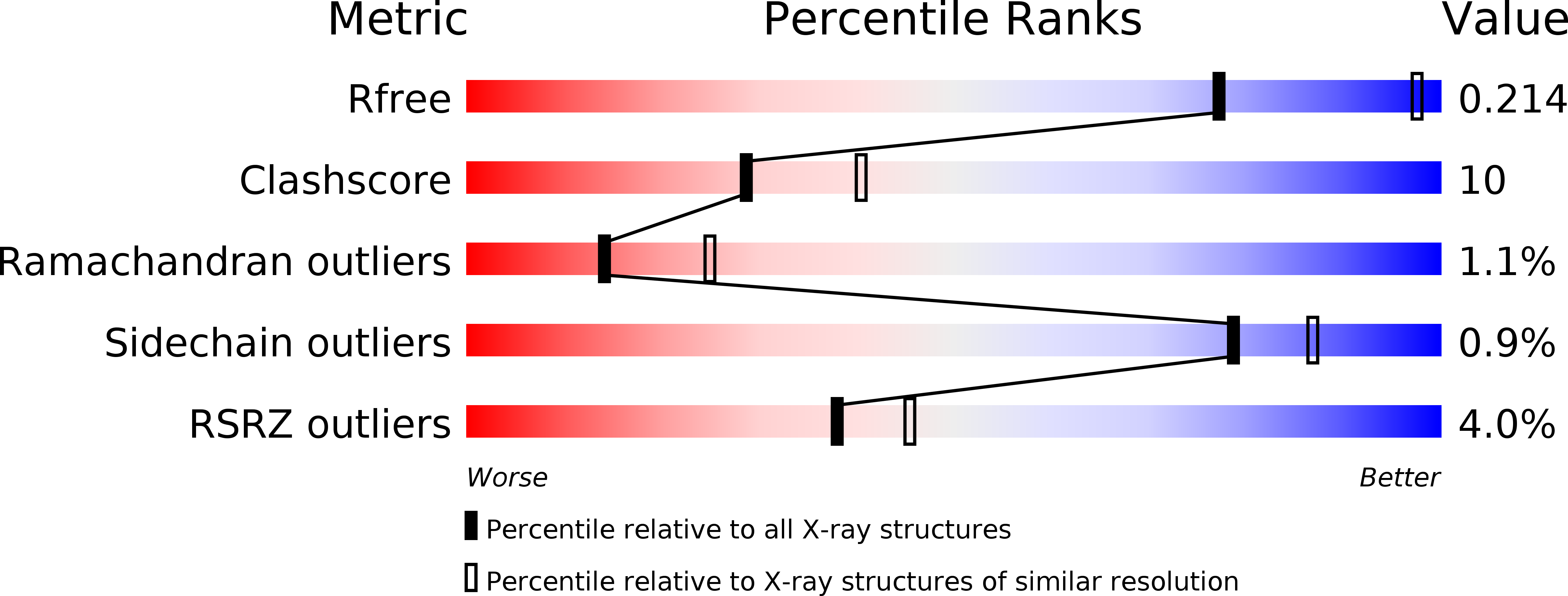
Deposition Date
1998-10-02
Release Date
1998-10-07
Last Version Date
2023-08-09
Entry Detail
PDB ID:
1BXH
Keywords:
Title:
CONCANAVALIN A COMPLEXED TO METHYL ALPHA1-2 MANNOBIOSIDE
Biological Source:
Source Organism:
Canavalia ensiformis (Taxon ID: 3823)
Method Details:
Experimental Method:
Resolution:
2.75 Å
R-Value Free:
0.23
R-Value Work:
0.19
R-Value Observed:
0.19
Space Group:
P 21 21 21


